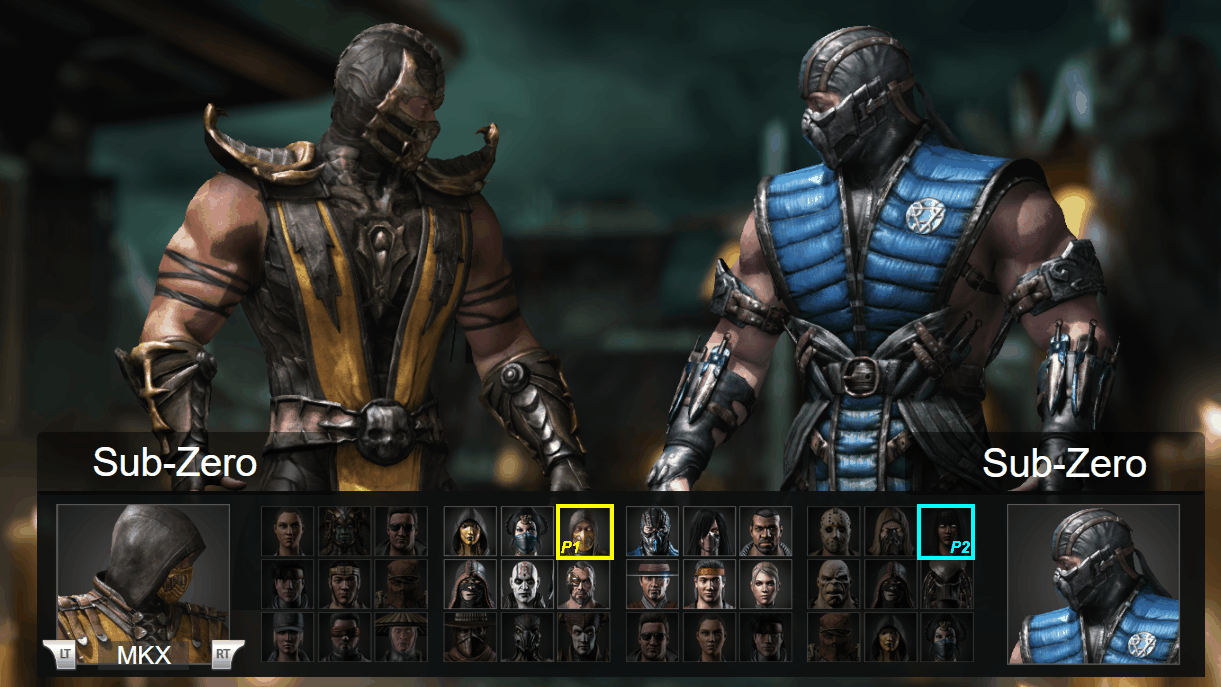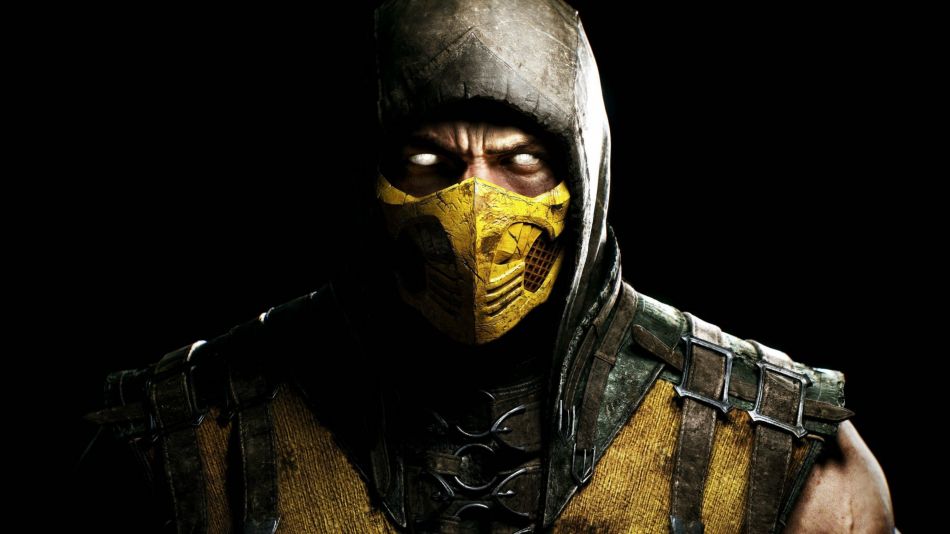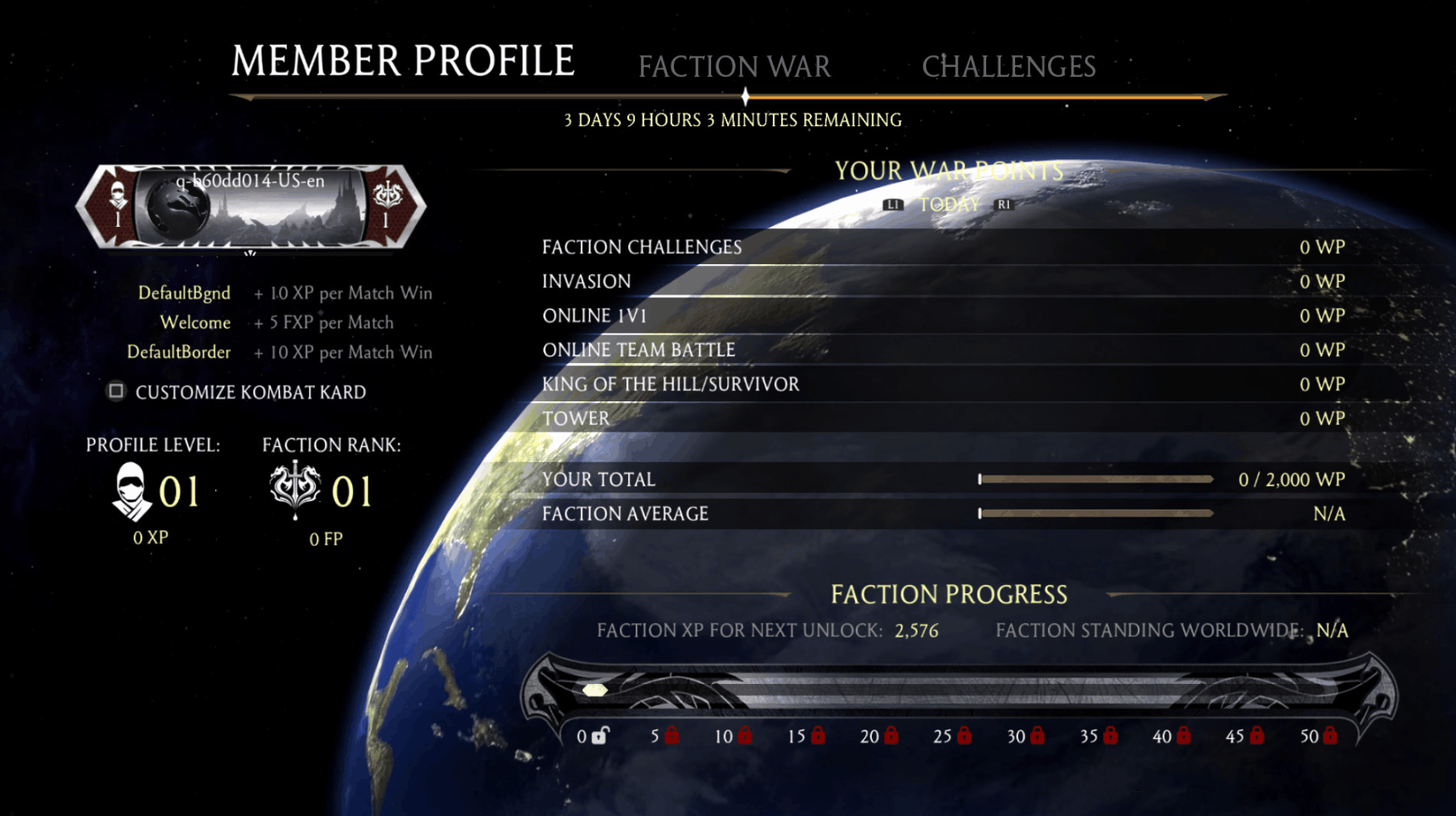Mortal Kombat X
UX Design • User Research
“WHO’S NEXT?”
Mortal Kombat X is the 10th installment of the storied Mortal Kombat fighting game franchise. This was my first major console game project as a UX designer at NetherRealm Studios. MKX featured several new features compared to its predecessors including character variants, moment-to-moment mechanical changes, new game modes, and several others. As the UX designer and researcher for this project, I was responsible for designing the UI, ensuring the consistency and quality of the player experience not only through the front-end, but gameplay itself, and conducting, analyzing, and interpreting feedback from our players. During this time I was in the process of establishing user-centered design as a pillar of the studio through teaching and evangelizing among the various other disciplines. MKX was a great product to prove out the value of the user-centered design and research process.
PLAYERS
The legacy of the Mortal Kombat franchise assured that there was a core, loyal fan-base. Part of my role was ensuring that we did not alienate the existing audience by differing too vastly from what they expected. More importantly, deciphering how we could introduce new key concepts in a palatable and enjoyable way was key.
WORK
Collaborate closely with game design, turning their ideas and GDDs into visualized wireframes and prototypes
Craft the overarching UX pillars and menu structures
Create user flows demonstrating the scope and user journey through the game
Plan, moderate, and interpret findings from playtests and usability testing sessions
TIMEFRAME
2014 - 2015
TOOLS
Axure
Sketch
Adobe Photoshop
THE PROCESS
I had joined the team shortly after pre-production for Mortal Kombat X was completed. Being the first UX designer at the studio, it was paramount to demonstrate how user-centered design plays a critical role in crafting the player’s experience. For MKX specifically, I set out to accomplish three major tasks.
Help game design visualize and iterate quickly on their ideas by providing rapidly created wireframes and prototypes demonstrating how their written word concepts worked as interface
Create a consistent and intuitive experience for the player by eliminating frustrations and pain points in the UI
Use our lab to not only vet out usability issues, but to learn the best ways to incorporate and introduce novel features such as Factions
During this time, I was also in the process of teaching and evangelizing what UCD is to the studio. This led to collaborating very closely with key stakeholders from nearly all departments as I identified their needs and demonstrated how UCD can only help. These teaching opportunities, especially empathy building exercises such as lunch-time usability testing recording recaps, went a long way in creating a player-first mentality studio wide.
The iteration loop on this project was nothing foreign. I worked hand in hand with design, UI, production, and engineering to oversee the iteration and implementation of our designs holistically. To provide the most value to the team, all Axure prototypes I created allowed for controller input, meaning the team could “play the UI” as if it were on a console.






‘Factions’ was a new feature that required a lot of testing to get right. This was an Axure prototype (imported art assets) hooked up to a controller allowing the player to tab through the main Faction screens.
RESULTS
MKX came out as NetherRealm was embracing a user-centered design process. Incorporating player feedback and best practices in UX design, I successfully:
Created a master prototype encompassing the majority of the games UI
Prototyped new features for the Mortal Kombat franchise for testing with our players
Iterated and improved upon the UI with insights from player feedback
Provided playtest insights and analysis to the game design team
Evangelized for user-centered design by customizing traditional UX design principles for our studio’s culture and pipeline



